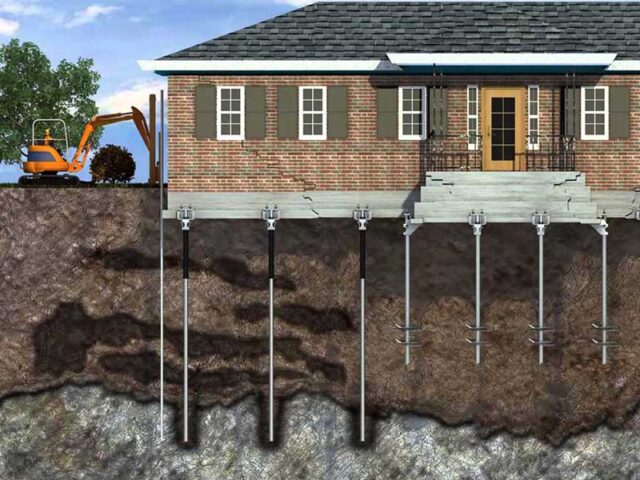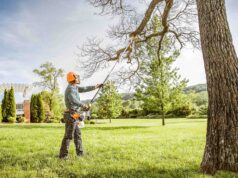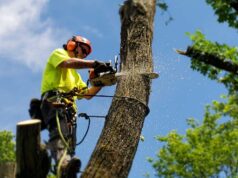You’ve seen the warning signs: cracking walls and floors, dripping faucets, and squeaky doors. You’re aware that your foundation needs repair, but what alternatives do you have?
The repair required will be determined by the soil type, climate, foundation construction, and any other lingering issues. Non-structural foundation fissures are commonly vertical or diagonal and are generated by the expansion and contraction of the foundation’s concrete. Horizontal structural fissures are generated by sinking soil.
A consultation with concrete foundation repair professionals should help you figure out what’s causing your foundation problem and make recommendations for fixing it. For the time being, here’s some information to assist you in becoming acquainted with various foundation repair approaches. If you require foundation repair Cincinnati OH, give us a call!
Types of Foundation Repair Methods
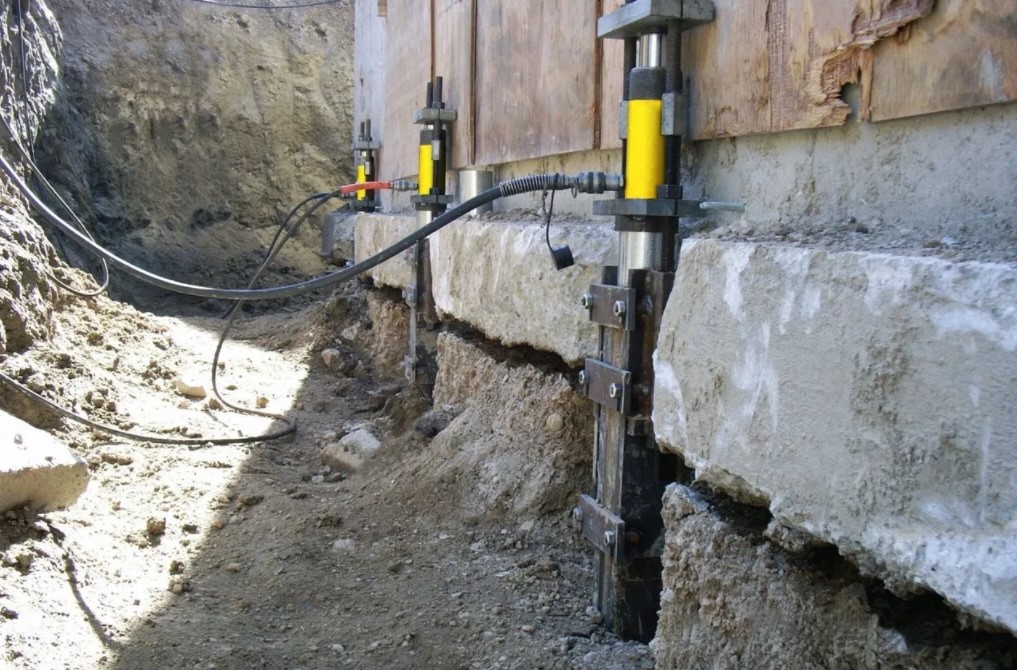
Masonry Patches and Sealants
Repairing foundation cracks and sealing them with a waterproof masonry sealer can sometimes be done. Because your foundation is responsible for the structural integrity of your home, it’s vital to identify and repair cracks as soon as feasible. This is also why seeking professional help from a masonry contractor is crucial.
Sealants for small fractures include hydraulic cement, vinyl concrete, epoxy, silicone, and polyurethane. The type of mixture used will be determined by the severity of the fracture.
It’s preferable to recognize and treat the problem as soon as possible to avoid water infiltration and additional harm.
Note: Because our expansive soil behaves like a sponge, foundation difficulties are typical in Cincinnati. As the soil absorbs water, it expands and shrinks. Your foundation will move due to this expansion and contraction, and the pressure may lead it to break. A preventative maintenance watering program is the most effective strategy to decrease foundation movement.
Slab Jacking
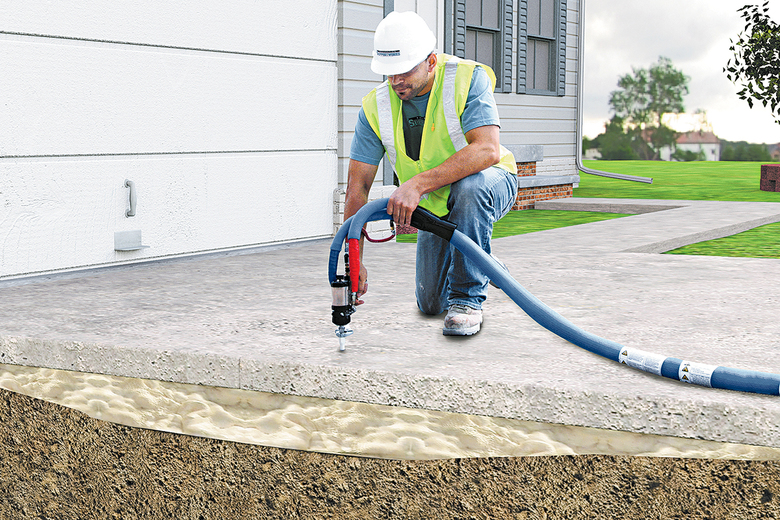
Slab jacking is a technique for elevating concrete slabs that are sinking or uneven. This method is known as mud jacking, concrete lifting, or slab leveling. This technique may be used to raise porches, steps, decks, paths, garage floors, and driveways, among other things.
The slab lowers or tilts as the soil underneath it shifts or collapses, creating empty voids below. Professionals with access to the required tools and knowledge of local soil conditions can repair a sinking house foundation.
Slab jacking is a technique for elevating concrete foundations that involves drilling 2″ holes through the concrete foundation and into the empty sections below. A natural element solution (soil, cement, etc.) is pumped into the hole to fill the vacuum. The fallen slab is hoisted back into position as the solution expands.
Slab jacking can be replaced by polyurethane injection. Similar to slab jacking, polyurethane is injected via holes in the concrete to fill gaps underneath. Instead of natural materials, thick and lightweight material is used to fill the space.
These two slab lifting procedures accomplish the same goal and are effective on smaller projects; however, they are also temporary solutions that may need to be redone every few years. The heavy nature of the injected materials causes fresh soil compression beneath the slab. Because polyurethane injection is lighter, it has a longer lifespan, although it is not generally used.
Piling
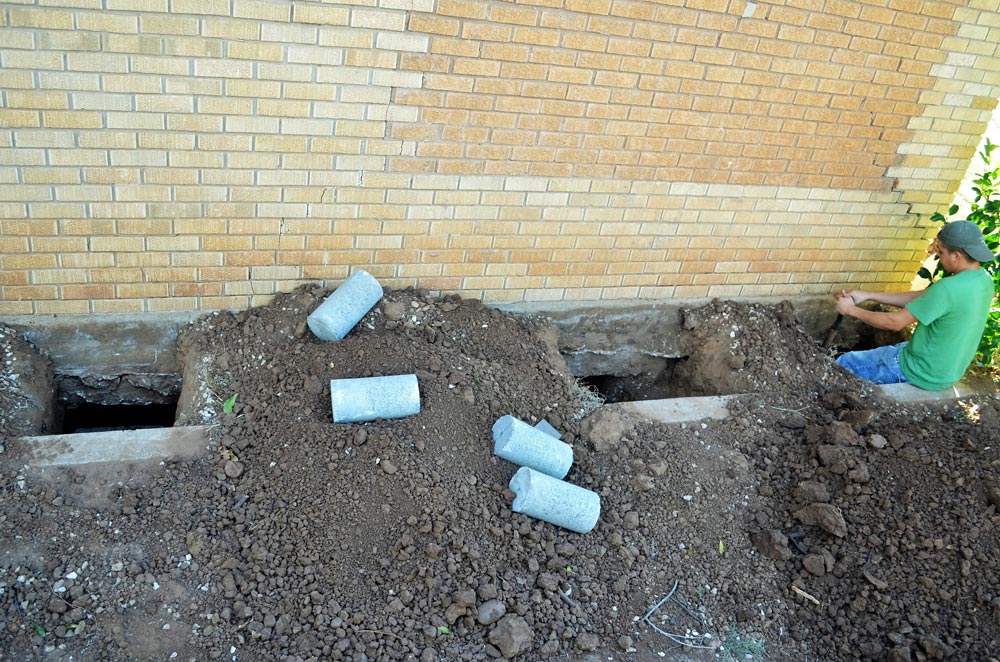
Concrete piers, pressed pilings, steel piers, and bell-bottom piers are all options for foundation restorations. These Cincinnati concrete foundation repair techniques are long-term foundation remedies that are more successful than slab jacking in restoring your home’s foundation to its original level.
Pressed Concrete Pilings
Long-lasting foundation piers pressed concrete pilings may be used for both interior and outdoor repairs. They may be used on both pier and beam and slab foundations. To provide stability appropriately positioned pressed concrete piers must be driven 12 feet down into the earth.
Poured Concrete Piers
In residential repair, poured concrete piers are pushed approximately 10 feet deep, and the foundation leveling cures in about 7 to 10 days. Because pressed concrete pilings employ precast concrete segments that are already cured at the installation time, poured concrete piers take longer to build than pressed concrete pilings.
Belled Concrete Piers
Bell bottom concrete piers are comparable to poured/drilled concrete piers in installation. The pier’s bottom includes a bell-shaped “foot” that gives a large area of support. Bell bottom piers, like poured concrete piers, are constructed by pouring concrete into an excavated pit and embedding steel in the wet concrete.
Steel Piers
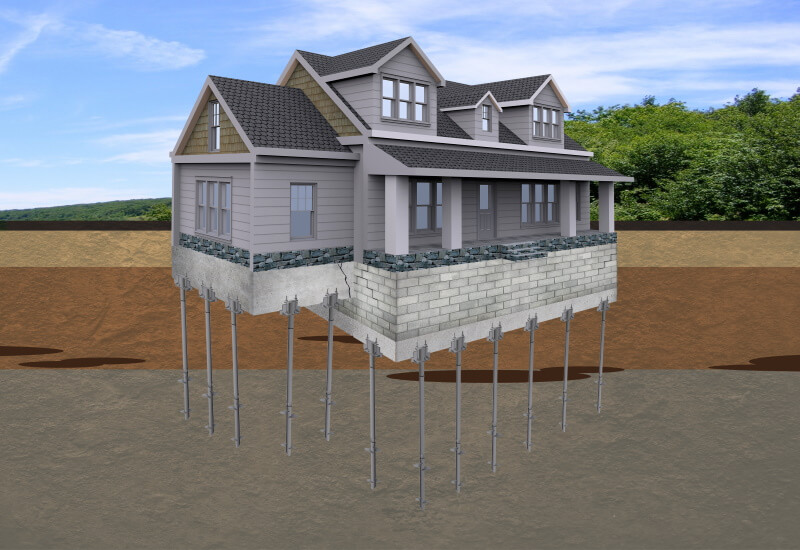
As a long-term foundation rehabilitation option, steel piers are highly suggested. Steel piers are sturdy and maybe pushed as deep as 100 feet, giving your home’s foundation great solidity. Because steel piers can reach such a depth, they will not expand clay soil. Instead, the piers should be pushed down to bedrock.
Helical Steel Piers
Helical piers, also known as anchors, are frequently used to repair lightweight concrete slabs and pier and beam foundations. Helical piers are also utilized to anchor new and foundation restoration.
Helical piers are used when the employment of alternative technology is not possible. The weight of the structure is passed to the piers and, as a result, to the load-bearing soil, which is threaded into the ground to a certain load capacity.
What Happens If Foundation Repairs Are Not Done Promptly Or Properly?

The following issues may occur if any flaw in the foundation of the home is not repaired properly and on time:
The sinking of the Foundation
This is one of the first things that can happen. It can sink into the ground and change over time, causing unevenness. It’s likely that your floors aren’t level or that your door frame isn’t in the right place. If you see issues like these, you’ll need a concrete foundation repair in Cincinnati.
Insect and rodent infestations are common
If you let your foundation degrade, insects and rodents may be able to enter your home via it. Crawl spaces in pier and beam foundations are especially vulnerable. Infestations are a significant cause of concern. The propensity for fast reproduction is the most alarming characteristic of these critters entering the house.
This means that if you don’t recognize it right immediately, you might be dealing with a large infestation that causes more property damage. Even if an exterminator is employed, the root cause of the rodent infestation must be addressed.
Plumbing problems

Plumbing in the home gets increasingly exposed as a result of foundation issues. Plumbing fittings may become caught in a pier’s foundation, beam home, and snake their way into your house. Plumbing issues are common beneath slab foundations, and they sometimes go unnoticed for years. When a house has foundation issues, the structure may shift, causing plumbing pipes to explode. When plumbing leaks or breaks, the resulting water damage may be devastating.
Mold and Mildew disturbance
If concrete foundation repair in Cincinnati is not done quickly, mold and mildew may destroy wooden sections of the foundation, such as the pier and beam.
If there are fractures or poor sealing around a pier and beam foundation, water can enter the narrow area. This water may create a toxic environment, endangering your family’s health. It is particularly dangerous to children and the elderly with respiratory difficulties or asthma. With time, wood degradation worsens.
Verdict
Experts in the field of foundations would be delighted to assist you. Contact a professional if you suspect it’s time for a professional foundation assessment or if you know you need foundation repair. The cost of foundation restoration ranges from $2,143 to $7,436, according to HomeAdvisor.

